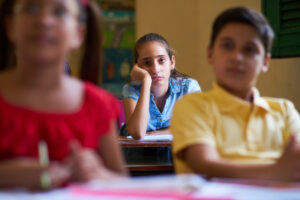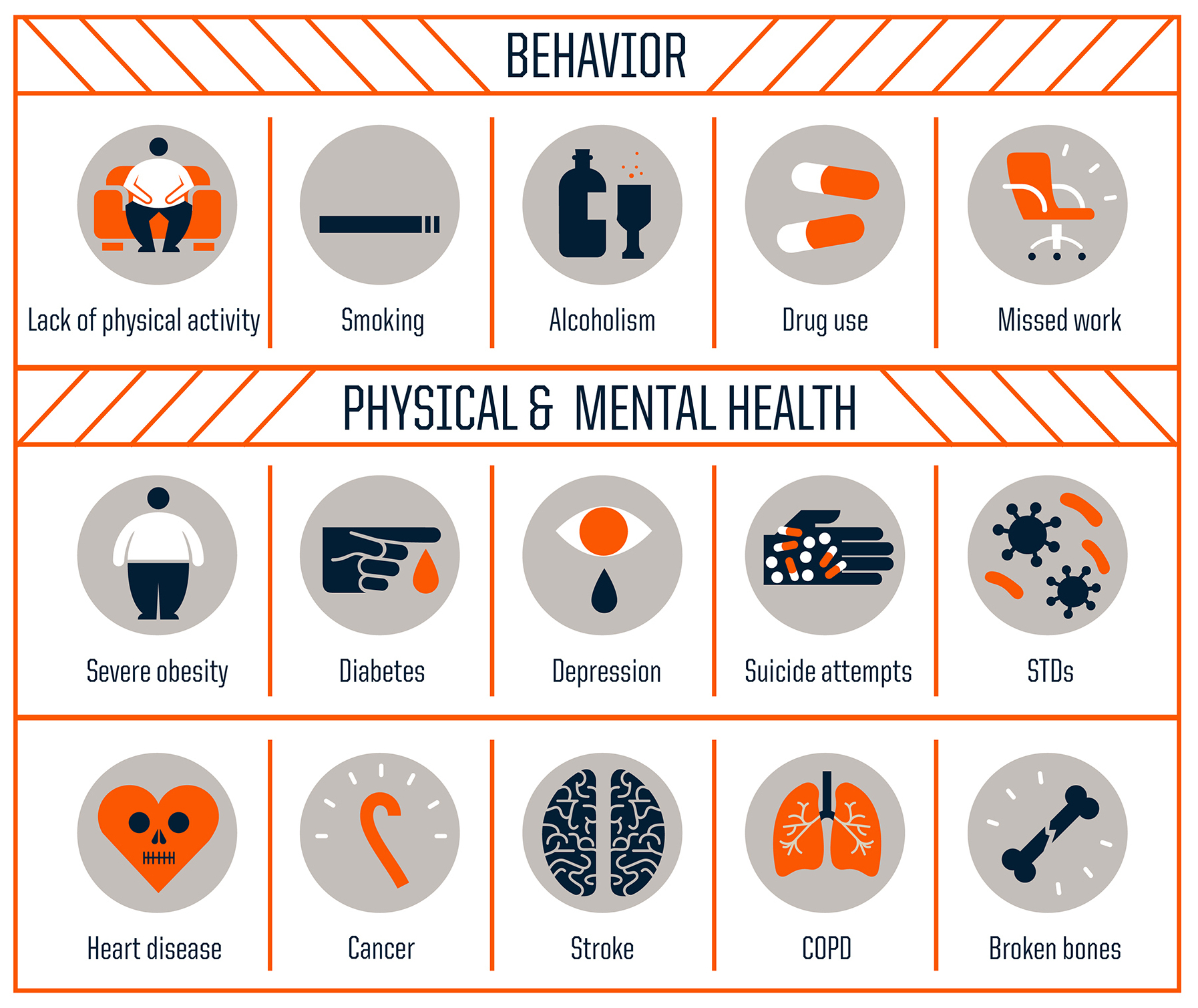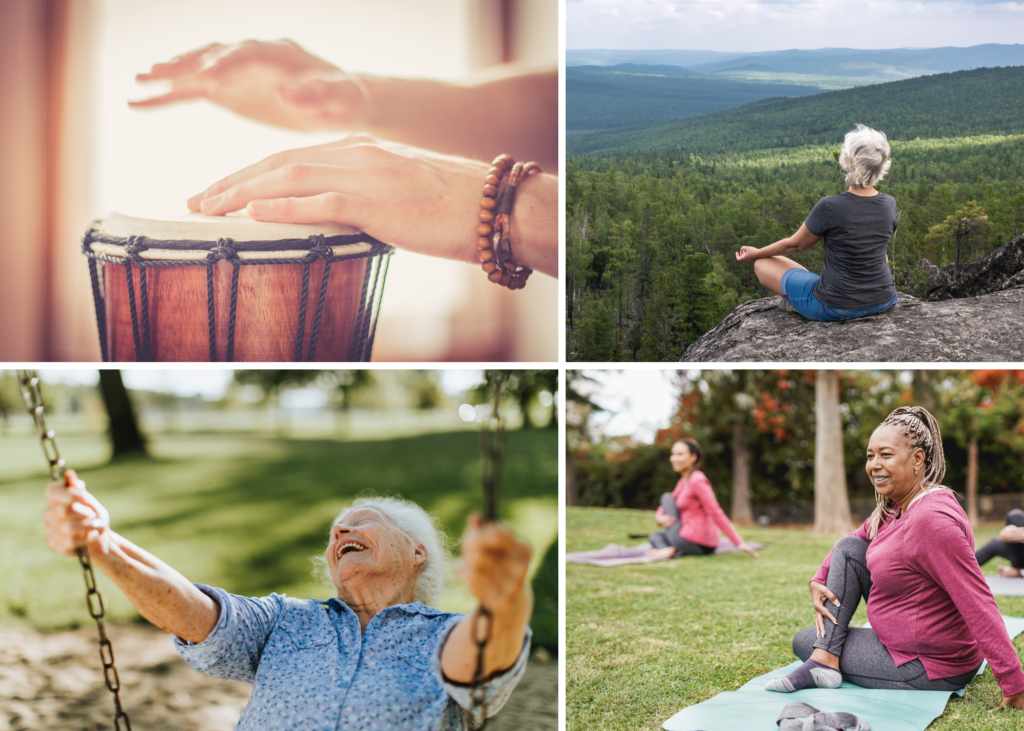In my first post, Walk 20 Blocks and Call Me in the Morning, I mentioned that I was working through childhood trauma with a therapist. I’ll share more about that later, but right now, I want to acknowledge that the experience of trauma during childhood is quite common. Though our individual experiences differ, the majority of us have experienced painful circumstances early in our lives. As I share my own journey, I do so with the recognition that this journey does not make me unique. In fact, it connects me to those of you who also had traumatic experiences as a child.
How do we know that childhood trauma is common? One piece of evidence comes from the ACE Study. I learned about this important research a few years ago and it had a profound impact on my own understanding, and on our collective understanding of the prevalence and impact of childhood trauma. ACE stands for Adverse Childhood Experiences.
A brief summary of the findings is: There is a strong correlation between the number of adverse childhood experiences a person has and an increased risk of unhealthy behaviors and health problems.

To be more specific, children who experience
- physical abuse,
- sexual abuse,
- emotional abuse,
- physical neglect,
- emotional neglect,
- mental illness of a family member,
- incarceration of a family member,
- a mother being treated violently,
- parents being divorced, and/or
- substance abuse of a family member
…become adults who are more likely to:

Credit: Robert Wood Johnson Foundation
- be physically inactive,
- abuse drugs or alcohol,
- smoke,
- miss a lot of work,
- have health problems such as depression, diabetes, heart disease, COPD, stroke, STDs, cancer, broken bones, and severe obesity, and/or
- attempt suicide.
The study points to the fact that the common thread in these negative health outcomes is the brain’s physiological response to trauma. Even participants in the study who did not engage in the behaviors such as drug abuse, alcohol abuse or smoking still had worse health outcomes than those with fewer ACEs.
This represents a huge shift in our understanding.
Certainly it reveals the importance of preventing ACEs and of early introduction to evidence-based practices for healing from trauma in children and youth. But even for those of us who are older, it changes the locus of the problem and provides a better understanding of how we might help ourselves and improve our health and well-being.
Even though we may not be able to erase the physiological impact of early trauma, we can definitely reduce our risks.
Neuroscience research is showing that there are specific practices that are effective in helping our brains and bodies heal from trauma. Some of these are:

- Yoga
- Tai chi
- Meditation
- Mindfulness
- A type of therapy called EMDR (Eye movement desensitization and reprocessing)
- Spending time in green spaces
- Drumming and other rhythmic activities
In future posts, we will explore these and other healing practices.
What have you found to be most helpful to you in healing old wounds?
Being traumatized is not just an issue of being stuck in the past; it is just as much a problem of not being fully alive in the present.
Bessel van der Kolk
To heal is to touch with love that which we previously touched with fear.
Stephen Levine
Sources: